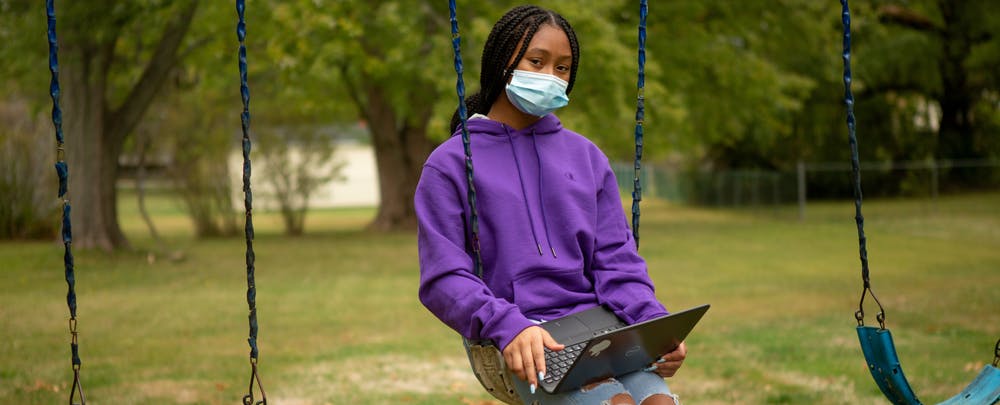The pandemic has ripped open a weakness in the American system, and now it has become an acute crisis for the children. It’s the deep-rooted digital divide.
This put not only primary schooling but also the future of higher education in the US at stake. With schools continuing remote education and the rising coronavirus cases shutting schools down once again, education is suffering to bits.
Millions of students can’t keep up with schoolwork without steady internet at home.
Up till now, these communities cobbled up fixes such as taking library’s Wi-Fi, or that of McDonald’s. But now with public places out of reach, internet-poor communities are struggling to transition to remote learning. A crisis that began in spring and continues this fall.
What is school’s education management doing?
As an immediate relief, schools have tried to bridge this digital divide by:
- Subsidizing internet by leveraging federal funds – the USD 2.2 trillion from CARES act COVID relief.
- Some are handing out 4G connections and paying for the wireless hotspots for low-income families such as COMCAST’s ~$10/month package.
- Many communities are stepping up to expand free internet in their area through public hotspots.
However, the dearth remains. What’s more, the challenge of digital divide and online education isn’t recent in the US, it has been continuing from before COVID-19, but the pandemic has merely exacerbated it to unprecedented levels.
Suffering Education Outcomes: Some Statistics
A study by Common Sense Media shows,
Of the 51m students, about 15m either had no home broadband or lacked enough quality broadband to handle hours of videoconferencing.
More strikingly,
As many as 400,000 teachers also lack a proper internet connection.
The study didn’t include cellphone service due to data caps and restricted bandwidth, along with the uneasiness of tiny screens.
This was about the digital divide that mostly refers to broadband. Many schools and students have highlighted another challenge for education management: the lack of home computers, or tablets.
Defining “Adequate” Internet Service
When sometimes low-income families do have access to the required devices and internet, it proves inadequate. The question arises, what is enough? While this question remains up for debate, according to general knowledge:
Broadband that can give at a minimum of 25 Mbps speed in download, and 3 Mbps in upload can be dubbed as “adequate.”
This is the same as what COMCAST’s essential service plan offers. These numbers can constitute good guiding factors for ensuring good access to online education.
Why the US has failed in bridging the divide?
The reasons that made large sections in the birthplace of internet struggle for basic internet services are many. They have compounded over the years.
The problem is a lack of priority (until now) to this issue. The private industry players couldn’t care much to take this task head-on given many poor neighborhoods aren’t considered profitable by these companies, and for public sector, it isn’t an issue they can solve on their own.
The pandemic by putting the future of higher education in jeopardy has fueled the long-stand connectivity crisis.
Satellite internet services are a good fix, but the ones that are present so far aren’t “adequate” and those of SpaceX Starlink and Amazon are yet to emerge fully.
Fixing the problem
Government officials and private industry must come together to save children’s future. In many states, top officials are getting involved at the ground level.
The CARES Act, though fixing the problem, isn’t a long-term solution. As Mitchell, Director of Community Broadband Networks tell, “these communities though are finding quick fixes for the problem, they aren’t planning for next year.”
The public and private sectors must go beyond subsidies. Government needs to enter deals with private players to align what’s right for the public and children, and also the US’s strong free-market ethos.
If not corrected now, children will face the brunt of the pandemic for long after it will be gone. Education management and leaders – from K12 to higher education – must get into the problem and act fast.

